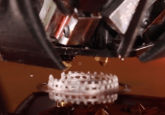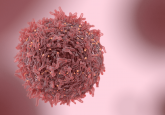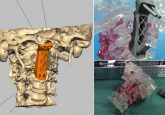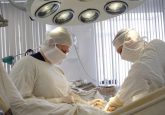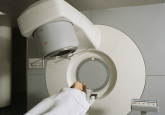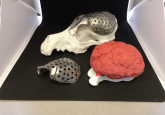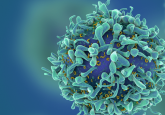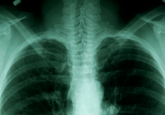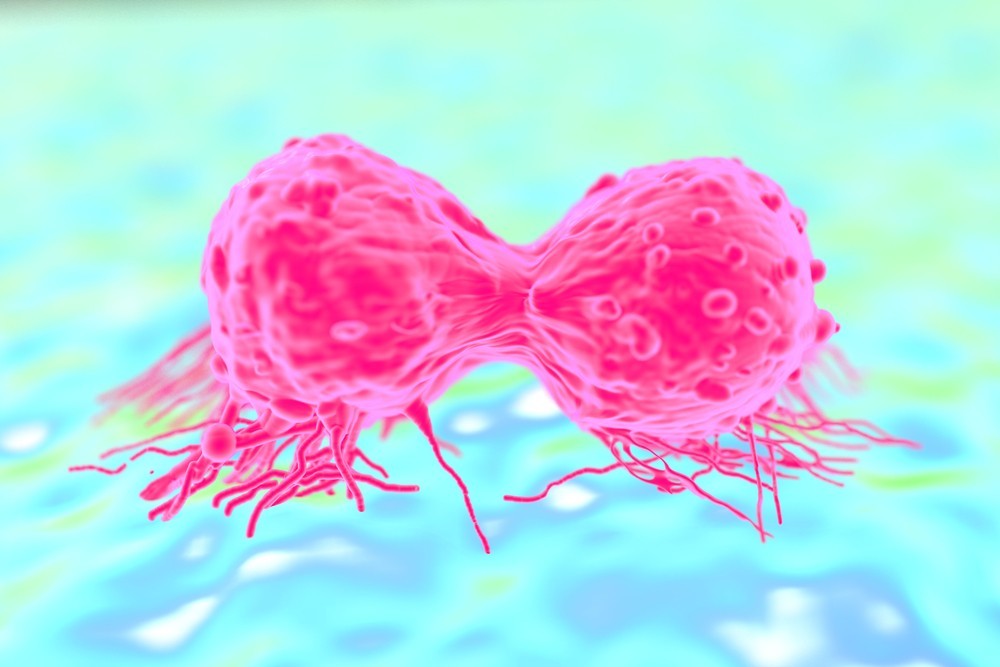In focus: applications in oncology

In this feature, 3DMedNet consults oncology experts about how 3D printing is being used to revolutionize cancer detection, treatment and research.
According to statistics on the World Cancer Day (4 February 2019) website, 9.6 million people die each year from cancer [1] and the need for an ‘urgent global commitment’ has recently been recognized by the World Health Organization as well as other UN agencies.
3D printing, as a disruptive technology, has shown promise over recent years in assisting in the treatment and research of many different cancers. 3D printed boluses to assist with radiotherapy, customized implants for surgery and even bioprinted tumors to assist with testing chemotherapies prior to administration are all examples of how 3D printing is already disrupting the landscape of cancer treatment and research on a global scale to combat issues associated with existing treatment strategies, as well as paving the way for novel interventions.
In this first installment of the new ‘3D in focus‘ series, 3DMedNet consults experts from all over the world working in different areas of oncology to better understand how 3D printing benefits their work, where challenges with the technology currently remain and how they envision 3D printing further disrupting the future landscape for oncology treatments and research.
Access the different interviews and editorials from our experts below and join the conversation on Facebook, LinkedIn and Twitter by using #3Doncology.
For many more oncology resources, visit our sister site: Oncology Central.
